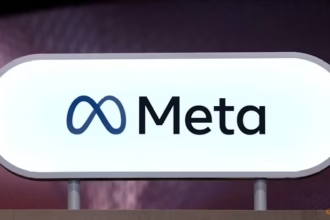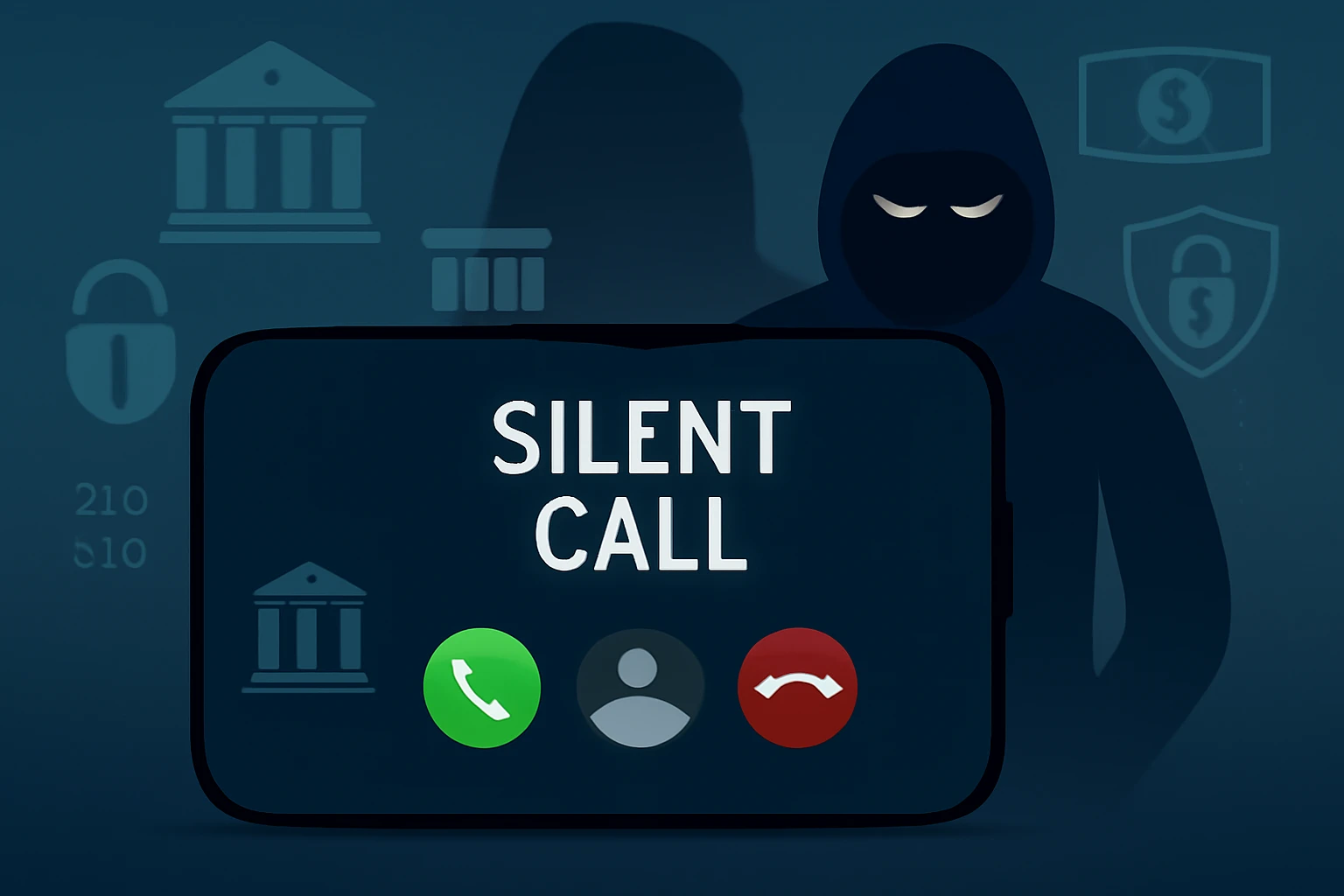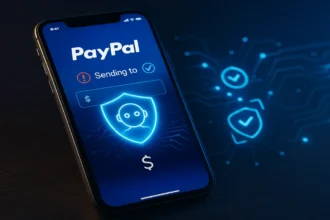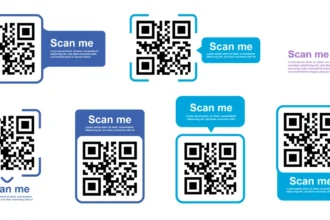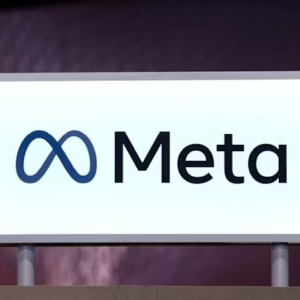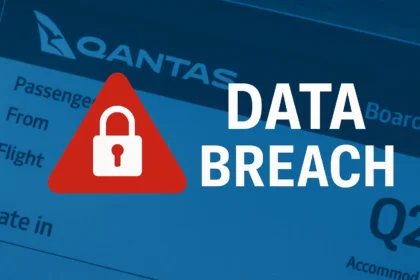After extensive research into global banking fraud techniques, examining evidence from cybersecurity experts, financial institutions, and law enforcement agencies worldwide, including cases from the United States, United Kingdom, India, Pakistan, Singapore, and other countries, one thing becomes crystal clear: the widespread belief that silent phone calls can automatically hack bank accounts or drain funds without victim participation is a dangerous myth that needs immediate debunking.

Myth-Busting: Separating Fiction from Reality
The Silent Call Banking Hack Myth
❌ MYTH: A few-second silent call can automatically install software, hack your phone, and drain your bank account without any action from you.
✅ REALITY: No credible evidence exists anywhere in the world—from the US to India to Pakistan—that supports the claim that answering a silent call can automatically compromise banking apps or drain accounts.
The “Automatic Software Attachment” Myth
❌ MYTH: Malicious software can be “attached” to your phone simply by receiving a voice call.
✅ REALITY: Standard telecommunications voice calls cannot transmit executable files or install malware. This is technologically impossible with current phone systems.
The WhatsApp Zero-Click Myth
❌ MYTH: Any WhatsApp call from unknown numbers automatically hacks your account.
✅ REALITY: While extremely rare zero-click exploits have existed (like Pegasus spyware), these were quickly patched, targeted only high-profile individuals, and were not used for mass banking fraud.
Real Banking Fraud Techniques: From Common to Cutting-Edge
Based on comprehensive analysis of global fraud trends and statistics from major financial institutions, here are the actual methods criminals use, organized by frequency and sophistication:
Most Common Techniques (94% of Global Cases)
1. Phishing and Smishing Attacks
- Prevalence: 94% of fraud cases in 2024
- Method: Fake SMS/emails appearing to be from banks
- Global Impact: Over $12.5 billion in losses annually
- Example Cases:
- Singapore: Large increase in scam cases in recent years
- India: Thousands of fraud cases reported annually
- Malaysia: Significant losses from scam activities
2. Social Engineering and Vishing
- Method: Phone calls from fake bank representatives
- Success Rate: 75% of attempted fraud involves human manipulation
- Red Flags: Urgency, requests for OTPs, “account verification”
- Global Examples:
- Hong Kong: Sharp increase in fraudulent transactions
- UK: Billions lost annually through unauthorized fraud
Moderately Common Techniques
3. OTP (One-Time Password) Fraud
- Method: Tricking victims into sharing verification codes
- Process: Social engineering → OTP request → account takeover
- Prevention: Banks never ask for OTPs via phone
4. Call Forwarding Scams
- Method: Victims dial codes unknowingly
- Result: All calls redirected to scammer’s phone
- Impact: Scammers intercept bank verification calls
5. SIM Swap Attacks
- Method: Criminals convince telecom providers to transfer your number
- Prevalence: Increasing mobile account takeover reports globally
- Damage: Complete phone number hijacking leading to account access
🔬 Rare but Emerging Techniques
6. Deepfake Voice Technology
- Method: AI clones victim’s voice for bank authentication
- Notable Cases:
- Large financial losses reported from deepfake impersonation
- Limitation: Requires substantial voice data and weak voice-only bank authentication
7. Zero-Click Exploits (Ultra-Rare)
- Reality Check: Only affect specific apps with unpatched vulnerabilities
- Targeted Use: Nation-state actors, not common criminals
- Banking Impact: No documented cases draining accounts automatically
Advanced and Future Threats
AI-Powered Banking Scams
- Trend: Increasing use of AI in scam calls and phishing
- Methods: Automated voice calls, personalized phishing, mimicry
- Growth Rate: Fast rising since 2020
Cross-Border Payment Fraud
- Scale: Massive projected global losses over the next decade
- Regional Impact: Significant in Europe, APAC regions
Complete Protection Guide: How to Stay Safe
Immediate Actions
For Phone Security
- Never share OTPs or PINs — legitimate banks never ask for these via phone
- Hang up and call back using official bank numbers
- Check call forwarding status with
*#21# - Disable call forwarding with
##002#
For Mobile Banking
- Use official banking apps only
- Enable biometric authentication
- Keep apps updated regularly
- Use strong, unique passwords
Advanced Security Measures
Multi-Factor Authentication (MFA)
- Use app-based authenticators instead of SMS when possible
Transaction Monitoring
- Enable real-time transaction alerts
- Review statements frequently for unusual activity
Network Security
- Avoid public Wi-Fi for banking
- Consider using a VPN
- Always verify HTTPS on bank websites
Global Best Practices by Region
- In Asia-Pacific, report scams promptly to authorities
- In Europe and Americas, follow government campaigns on fraud prevention
- Never trust caller ID without verification
Warning Signs: Red Flags to Watch For
- Urgent or threatening language
- Requests for PIN, passwords, or OTPs
- Demands for immediate payments
- Calls claiming to verify transactions you didn’t make
Emergency Response Protocol
- Hang up and contact your bank immediately
- Change all passwords and PINs within the hour
- Review account activity thoroughly within 24 hours
- Document suspicious calls/messages
The Future of Banking Security
- Behavioral biometrics, AI fraud detection, blockchain, and advanced authentication show promise
- Industry collaboration and consumer education are ongoing
Share Your Experience – Help Others Stay Safe
We encourage you to share any incidents or suspicious encounters you face. Your identity will be kept fully confidential. Your reports will help improve awareness and prevent scams, assisting the broader community to stay secure.
Please report:
- Details of suspicious calls or messages (without personal data)
- New scam techniques you encounter
- Questions about potential fraud
Remember, no one is immune, and reporting helps protect everyone. Your identity and privacy will always be safeguarded.
Final Message: Knowledge is Your Best Defense
The myth that silent calls can hack bank accounts instantaneously fuels unnecessary fear. Real threats come from social engineering and phishing, which require some participation or vulnerability. Stay vigilant, protect your information, and trust only verified sources. Banks never ask for PINs or OTPs over the phone.
Stay informed, stay cautious, and help spread awareness.
